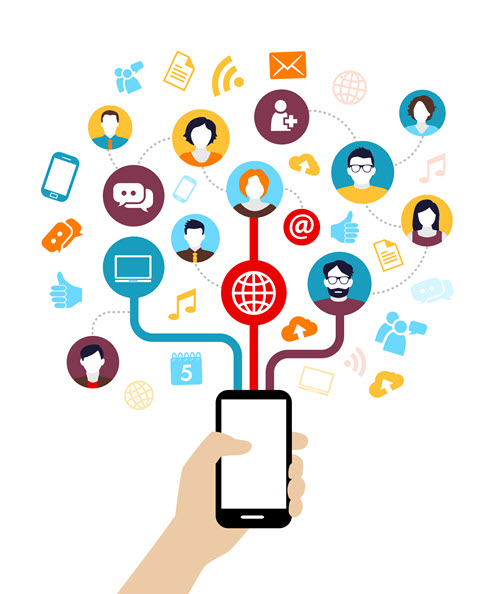I remembered 2 years ago I took my TOFLE ibt test. And before I signed up for the test, as I scrolled down the page of the website, I saw there were TOEFL ibt and TOEFL pbt two options for me to choose from. Internet-based and paper-based test. When I processed the payment on the window jumping out, I texted my friend who took the test before and asked him, ” What could be so different of these two forms?” Buzz. Payment complete. Doesn’t matter anyway.
Paper and digital paper.
As information being stored in different ways, how people access them becomes different as well. Human experiences are actually being shaped and structured in the process of accessing information. Long time ago, information could be stored in the form of oral stories and cave paintings. People back then are good story tellers and also good audience to the stories. And then written form of languages appeared. With Gutenburg introducing the printing to Europe with the printing press (what a great leap of time), human beings ushered to the modern period of human history. Paper is printed, sewed and bound in a cover. Authors transform their ideas and code them with words and readers gain information via exploring in the world of words and sentences. The interaction between authors and readers seem to be more passive at that time (comparing to the next phase). It was not until another few hundreds of years later, with the introduction of new technologies, all the information seems able to be programmed and computerized and stored digitally. Readers could also be more participatory in the process of accessing information.
However, throughout history, every time when a new medium is introduced, people always act panic, refusing to embrace the new media. Like some stories being told that the start of phonography era could finally lead to the death of books. Same as photograph. At first people were so afraid to being taken pictures because they believed that they would lose a piece of their soul (though it is a beautiful metaphor). But seldom do we remind ourselves of that hundreds of years ago our ancestors react to the media we are using right now also in a panic way. It is only because we are used to using the certain media form. But I think rather in a rivalry relationship, the introduction of the new media could always be seen as the convergence with the old ones.
Nowadays when we access information with the use of computers, the interfaces of the computers seem to provide clues for the convergence of the new media as well. We always interact with the interface resembling with papers which is “a rectangle surface containing limited amount of information which is designed to be access in some order and having a particular relationship with one another.”(Manovich, 2001) Besides that, the overlapping windows seem like pages stacked up, and the scroll of individual pages seem to apply the way how people access information long before. Some e-books have the function that when you click the side of the screen it will flip the page as if you are reading a real book. The icon of files looks somewhat like the bookshelf storing documents. As for the icon of recycle bin, it no doubt ‘alludes to’ a real one. And to throw files or documents you don’t need to the recycle bin, dragging what you select and dump it into appears to mocking a person throw out a sheet paper (maybe the transcript of the final I don’t know)
Maybe it won’t always the replacement. Battles between books and e-books never stop. But with the convergence of media, parts of the other one could be reserved and carried on.




Recent Comments